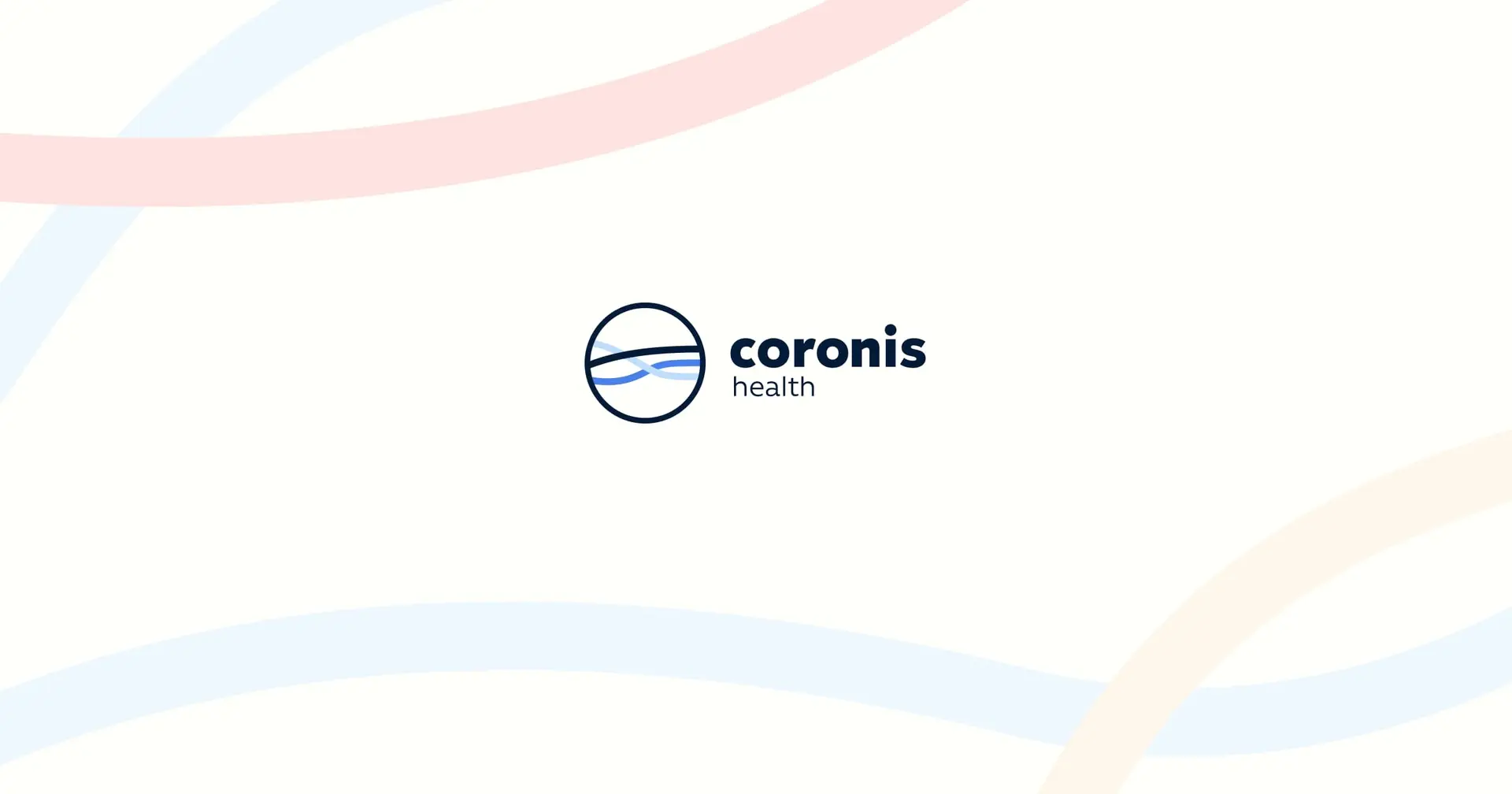We become very accustomed to ‘the way we’ve always done it’ yet research and implementation of process improvements is necessary for growth. At the time when many of us started in the healthcare industry, how things were done then are so very different from the way things are done now. We are no longer using ledger cards, hand-writing claim forms (literally) or using a DOS-based billing system(s) with a mono-chromatic color scheme. Technology has come a long way and continues to change daily.
The process was very much a manual one. There was no such thing as posting an electronic payment file. The only way to get the payment on the claim in the billing system was to access each one of those accounts individually and post the payment, whether one page or hundreds. Everything was done on paper, even if it meant having to tear off the sides of a stack of forms printed on a pin-fed printer and separate them for mailing. The forms print on individual sheets now and we continue to seek out ways to eliminate the paper altogether. Claims are submitted electronically to just about every payer, yet there are still some exceptions. Patients are receiving statements via their email accounts. You can login to a website, make an appointment, pay your bill and update your information without speaking a single word to anyone.
These processes change the way that we do business and getting those solutions in place takes some time, experience and patience. It cannot happen overnight and provide the results you are looking for. Introducing such solutions into the process requires significant conversation to determine the objective, actions required at each step and, very important, test, test, test. Identifying the data that is needed from the billing system is often times, the easiest part. Then there is the question of how to get it out of the system. Lastly, continued audit of the output to confirm the validity and completeness of the contents is critical to achieving the desired results. It’s not likely that the output will be 100% with the first attempt. Evaluation of the test results will identify needed changes in the configuration of either the sending or receiving system and it could mean changes are needed for both. Testing can take longer than configuration itself. While all systems generally perform the same functions, how this is done can vary dramatically from system to system and can even be very different across multiple organizations on the same platform. The most important piece is knowing what information is needed, how to obtain those details and that the results produced are accurate.
